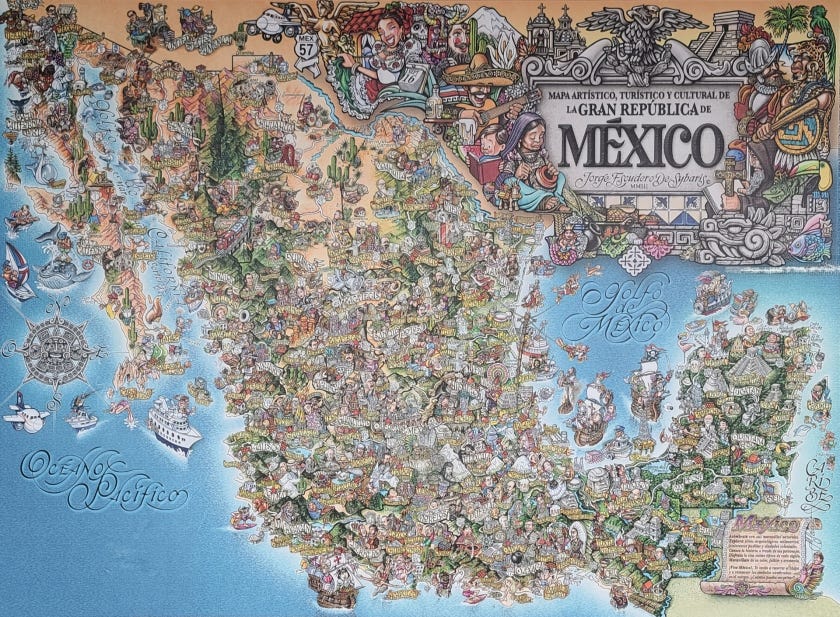Why Mexico?
The most common question we get from friends, family, and strangers about our new focus on Mexico is why? This has been phrased ambiguously, or even politely. But with a few close friends, it was blunter and more forthright. Are you crazy?
We’re not crazy. But it should come as no surprise, especially by Americans, that Mexico is misunderstood: Mass medi…
Keep reading with a 7-day free trial
Subscribe to 💜 Eternal Spring to keep reading this post and get 7 days of free access to the full post archives.



